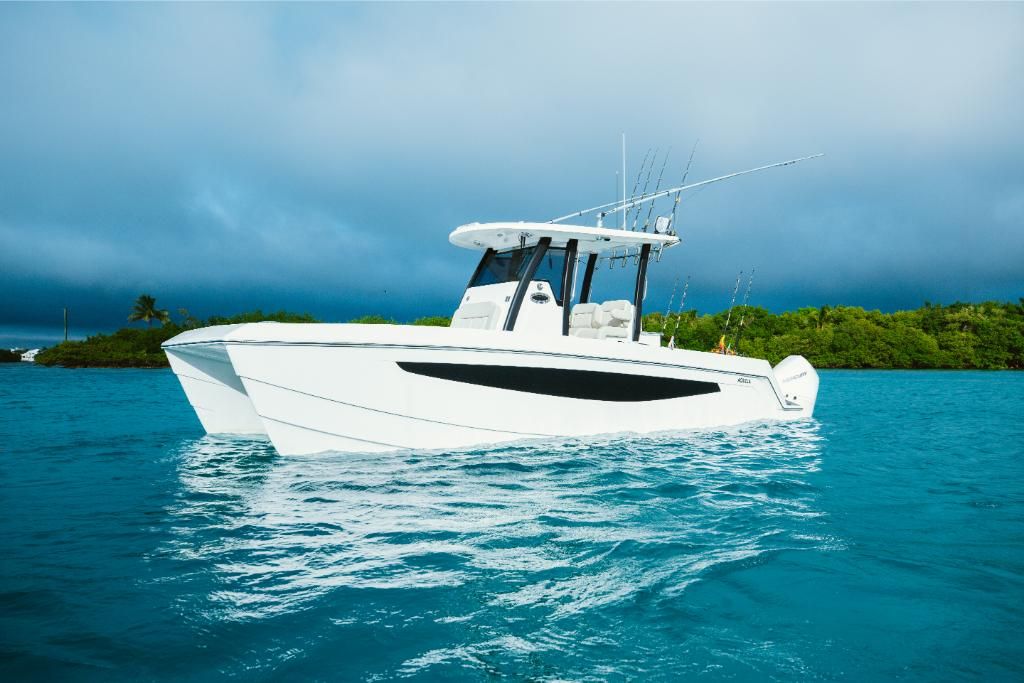Above: 2023 Aquila 28 Molokai Power Catamaran. Image via Molokai.
There are countless varieties of yachts on the market in 2024, in all different sizes, shapes and styles. In fact, there are so many variables that many yachts can fall into several different categories at the same time.
That said, most will fall into at least one of these basic categories of yacht designs:
- Aft Cabin
- Convertible and Flybridge
- Cruisers
- Downeast and Lobster Yacht
- Express
- Megayacht / Superyacht
- Motoryacht
- Motorsailer
- Pilothouse
- Pocket Yacht
- Sailing Yacht
- Trawler
Now let’s take a deeper dive into each of the above types of yachts and boat hull types.
Aft Cabin
Aft cabin yachts are exactly what the name implies: they have a cabin on the back of the boat, rather than an open cockpit. They can range in size from around 30 feet to well over 100 feet of LOA. In the past smaller versions in the 30- to 40-foot range were common, but these days most on the market are significantly larger. So if you’re looking for a relatively small aft cabin yacht, you’re likely to see more used models than new ones. The Silverton 352 is a great example, and although it isn’t built today, on the brokerage market this model is still in demand.
Convertible And Flybridge Yachts
Convertibles and flybridge yachts are essentially the same thing: they have a flying bridge over the main cabin, with full controls and a steering station up top. As a rule of thumb most sportfishing boats with bridges are called convertibles, and most cruisers that aren’t oriented to fishing are likely to be called flybridge boats. But there aren’t any hard and fast rules as to which term is applied to what boat and often manufacturers simply choose one or the other. Some use terms like “sedan bridge” or “command bridge,” as well.
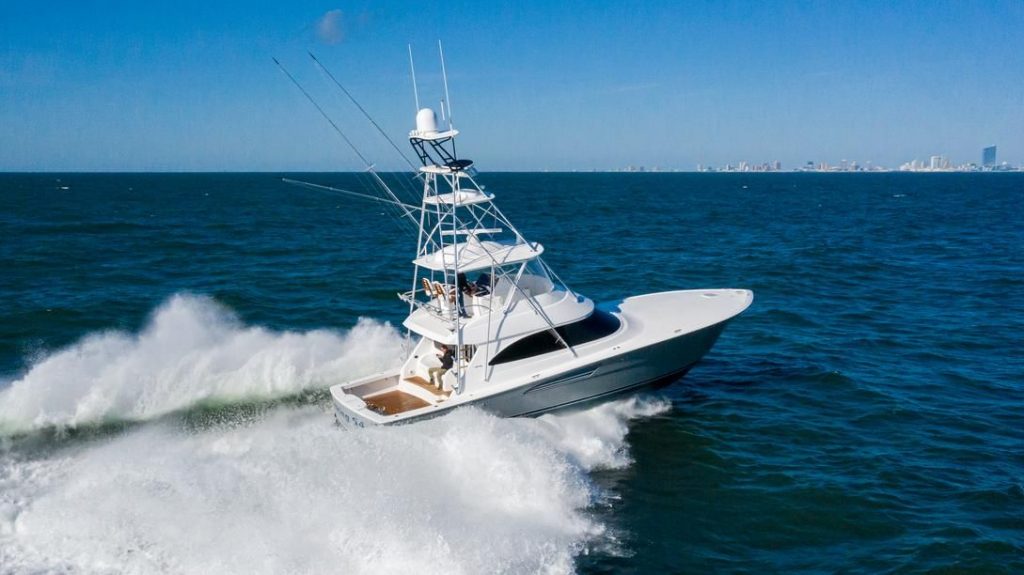
Above: 2023 Viking 54 Convertible. Image via Viking.
Browse of new and old convertible flybridge cruisers for sale.
Cruisers
The term cruiser is really a catch-all that’s used to describe a wide range of powerboats, and in truth, a huge variety of yachts fall into this category. If you can use it to cruise from point A to point B, it’s fair to call a yacht a cruiser.
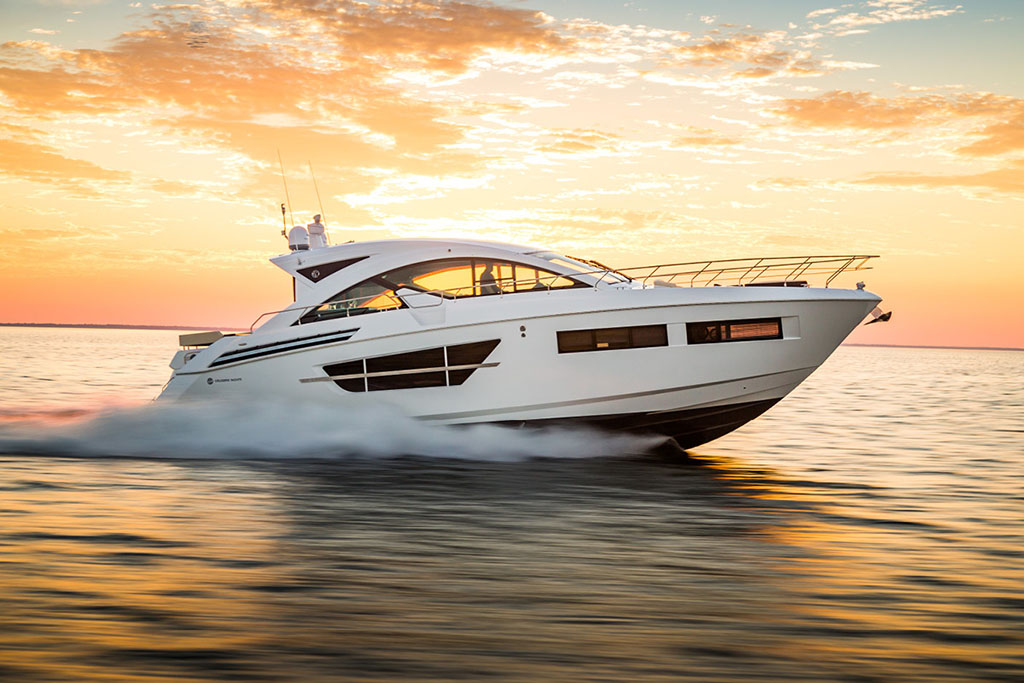
Above: Cantius 60 by Cruisers Yachts. Image via Cruisers Yachts.
Downeast And Lobster Yachts
Look through the listings for downeast and lobster yachts, and you’ll likely notice that these two categories mirror each other almost perfectly. In both cases these are derived from the classic workboats used in the northeast for lobstering and commercial fishing. Today, however, downeast boats and lobster yachts have evolved to be far sleeker and more upscale. Modern versions like the Hinckley Picnic Boat MKIII are clearly more yacht-like than commercial boat-like.

Above: 1965 Downeast Bert Frost Flybridge Cruiser for sale on YachtWorld today.
Express Cruisers
Yachts that eschew a raised bridge in favor of the sleeker, sportier looks of a low-slung hard top are often called express cruisers, or simply expresses. In some cases the builder may also call these models “coupes” or simple refer to them as “sport cruisers.” The Cruisers Yachts 520 Sports Coupe, for example, can accurately be described with any of these monikers. As well as maintaining sporty looks, express cruisers are often the yacht of choice for people who live in areas with lots of bridges, where overhead clearance may be a determining factor in just how tall a boat you can get.

Above: MJM Yachts 43z Express Cruiser. Image via MJM Yachts.
Megayacht / Superyacht
The largest yachts around are called megayachts (often referred to interchangeably as superyachts or even gigayachts – with some slight differences between these terms). But just when does a yacht qualify for one of these monikers? There’s no solid dividing line, but most people would agree that at over 100 feet you can make an argument that the term yacht deserves a prefix, and at 150 feet, it’s a sure thing. The term “giga” usually doesn’t apply until a yacht is several hundred feet long.
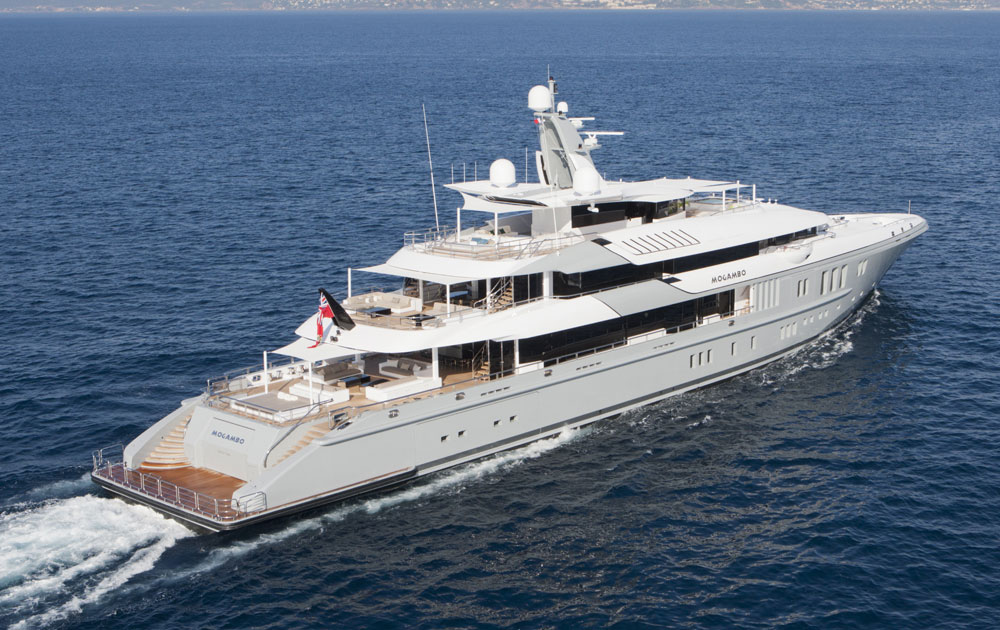
Above: There’s a growing trend for megayachts measuring upwards of 200 feet in length and more. Superyacht Mogambo constructed by Nobiskrug. Image via Nobiskrug.
Motoryacht
is another catch-all phrase that can be applied to a wide swath of vessels. If it has a motor and it qualifies as a yacht, then the shoe fits. So virtually every other design we’re mentioning here can also be called a motoryacht.
Motorsailer
Strictly speaking if a sailboat has a motor you can call it a motorsailer, but do so and you’re likely to offend the sailing purists among us. Sailboats aren’t generally called motorsailers unless they’re actually designed to cruise under power on a regular basis, and hoist the sails only when a stiff breeze makes for good sailing speeds. There isn’t a huge number of motorsailers on the market today, so if this design appeals to you, the choices may be a bit limited.
Pilothouse
A pilothouse is a cabin, usually elevated, which is dedicated to housing the helm station. Pilothouses are enclosed on all sides for comfortable cruising in harsh weather, and are usually separate from the main cabin. Any yacht that has this sort of distinct pilot house for the captain to steer from generally falls into this category.
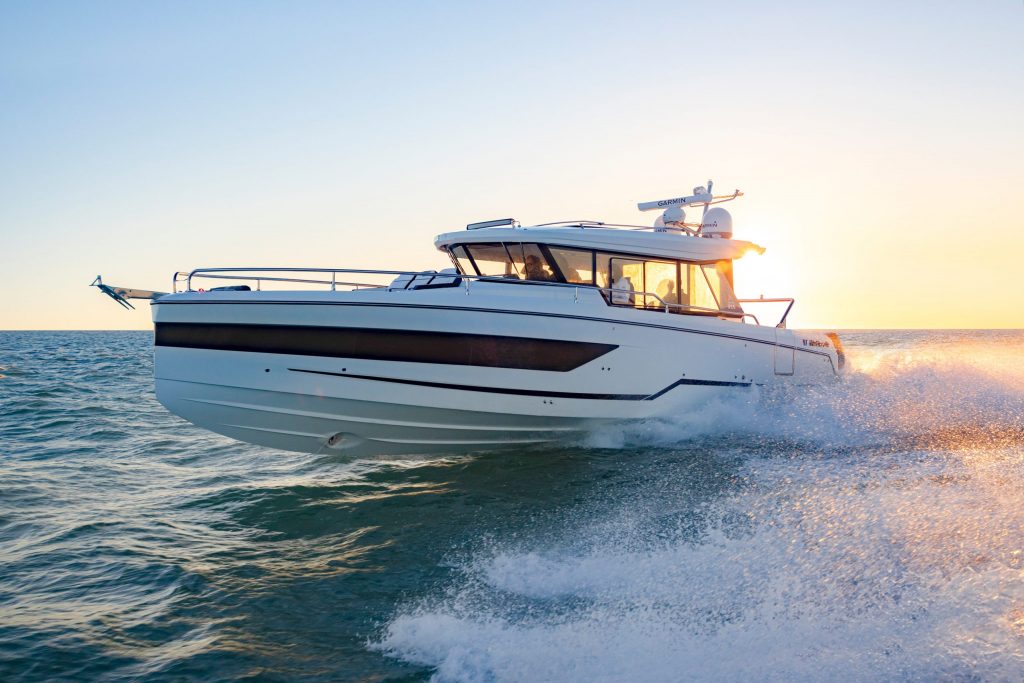
Above: Wellcraft 355 Walkaround Pilothouse Boat. Image via Wellcraft.
Pocket Yacht
The term “pocket yacht” doesn’t really refer to any one design trait or style, so much as it does to size. Pocket yachts are simply small yachts — not that they’d actually fit in your pocket — which often shoe-horn gobs of amenities into a very small footprint. They’re quite popular among cruising couples who enjoy long distance trips, but don’t need lots of extra room for guests or other additional passengers. Take a look at Pocket Trawlers: Five for Value and Versatility to get an idea of what some pocket yachts can look like.
Sailing Yacht
Naturally there are many different types of sailboats, but when you boil it all down to the bottom line any yacht that can use the wind as propulsion counts as a sailing yacht. If it’s large, grand in nature, and has a mast or masts, it’s a sailing yacht.
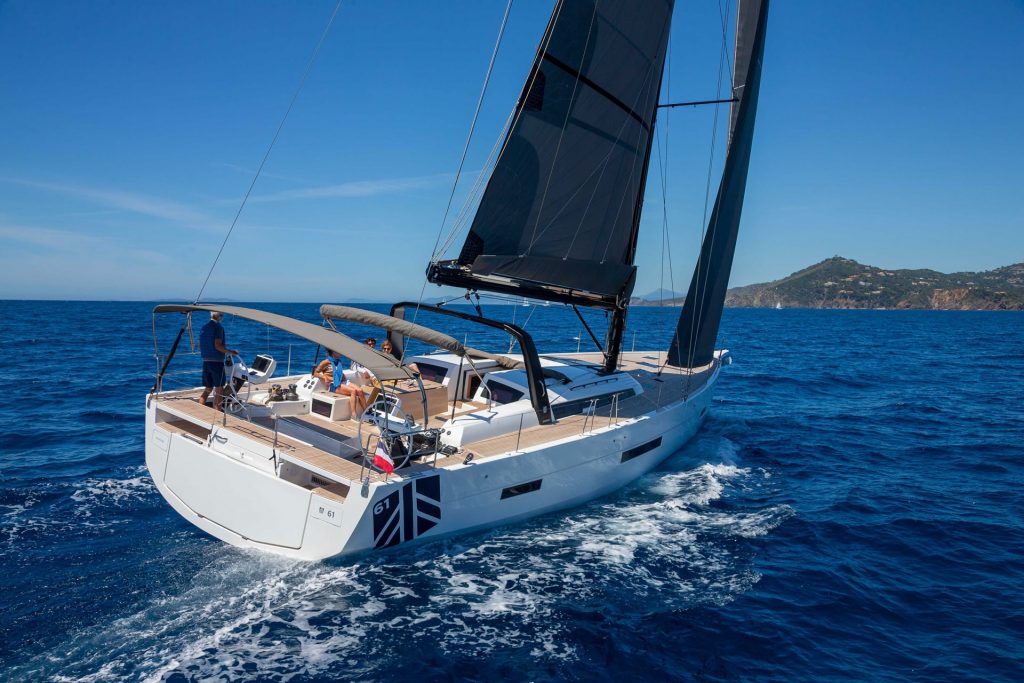
Above: Dufour 61 Sailboat Cockpit. Image via Dufour.
Trawler
Trawlers trace their lineage to the working boats of commercial fishermen who used to pull nets (trawl) from their boats. They’ve evolved quite a bit in modern times, and today most pleasure trawlers are fully equipped with all the amenities found on other yachts. They’ve also changed from slow, plodding vessels to yachts that can offer quite a bit of pep. Sometimes called “slo-fast” yachts, many trawlers built after the turn of the century, like the Mainship 43 Trawler can hit speeds of well over 20 mph.
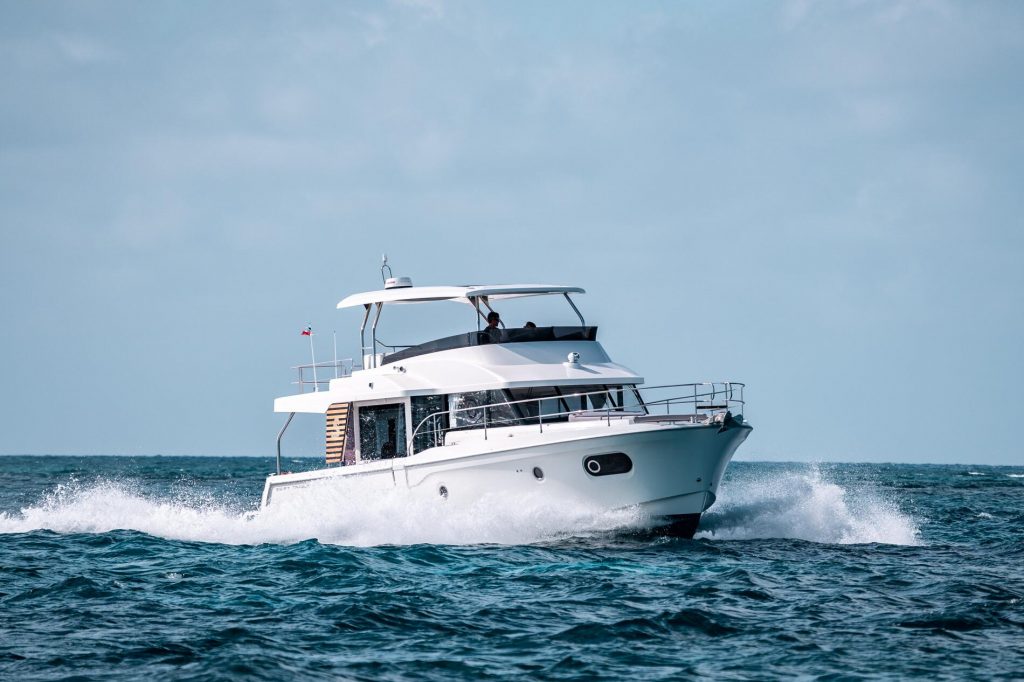
Above: Beneteau Swift 48 Trawler Yacht. Image via Beneteau.
Hull Types
When it comes to how a yacht performs, handles, and takes on the seas, it’s what lays beneath the waterline that really counts. Most modern yachts utilize one of these five basic hull designs:
- Deep-V
- Displacement
- Flat Bottom Boats
- Power Catamarans
- Semi-V
Deep-V Hulls
Hullforms which have 21 or more degrees of transom deadrise (the angle of the “V” shape as measured at the very back of the boat) are generally considered deep-Vs. Few have more than 24 degrees of deadrise, because as that V becomes sharper there’s naturally a loss of static stability, and rocking and rolling can become extreme. However, there’s generally no better planing hull than a deep-V when it comes to splitting open large waves at high speeds in rough weather.
Displacement Hulls
Displacement boats don’t break a plane (rise up out of the water and skim atop it), but instead slice through the seas at a pace up to but not exceeding their “hull speed.” Hull speed is the fastest a boat can go before breaking onto plane, and the mathematical equation for hull speed is 1.34 x the square root of waterline length. So if a boat is 36’ (the square root of 36 being six) the equation to determine hull speed is 1.34 x 6 = 8.04 knots. A displacement boat of this size will be designed to travel at up to 8.04 knots, but never beyond that. Displacement boats can be very fuel efficient, certainly much more efficient than planning hulls. Their obvious drawback is the speed limitation.
Flat Bottom Hulls
In the world of small boats, flat bottoms generally mean a bumpy, wet ride. As boats become yachts, however, sharp V entries which taper back to a flat or nearly flat bottoms aft become more and more common. Since most yachts in the 50’ and larger range don’t come out of the water like smaller vessels can when hitting wakes at high speeds, and the V-shape forward is what meets the seas regardless of speed, there’s no penalty to pay for that flat transom. So the larger a yacht is the flatter the transom deadrise tends to be.
Power Catamarans
Power catamarans, or powercats as they’re commonly called, are in a class of their own. These boats have two narrower hulls instead of one wide one, which often produces a much smoother ride in rough conditions, efficiency gains, and enhanced stability. It’s rare to find a powercat that doesn’t ride smoother than most monohulls of the same size and weight. On the flip side of the equation, powercats may have smaller cabins or staterooms due to their complex interior shape, may “sneeze” (blow a puff of mist out of the tunnel, which then blows back onto the boat’s occupants), and may lean outward in turns instead of banking inwards.
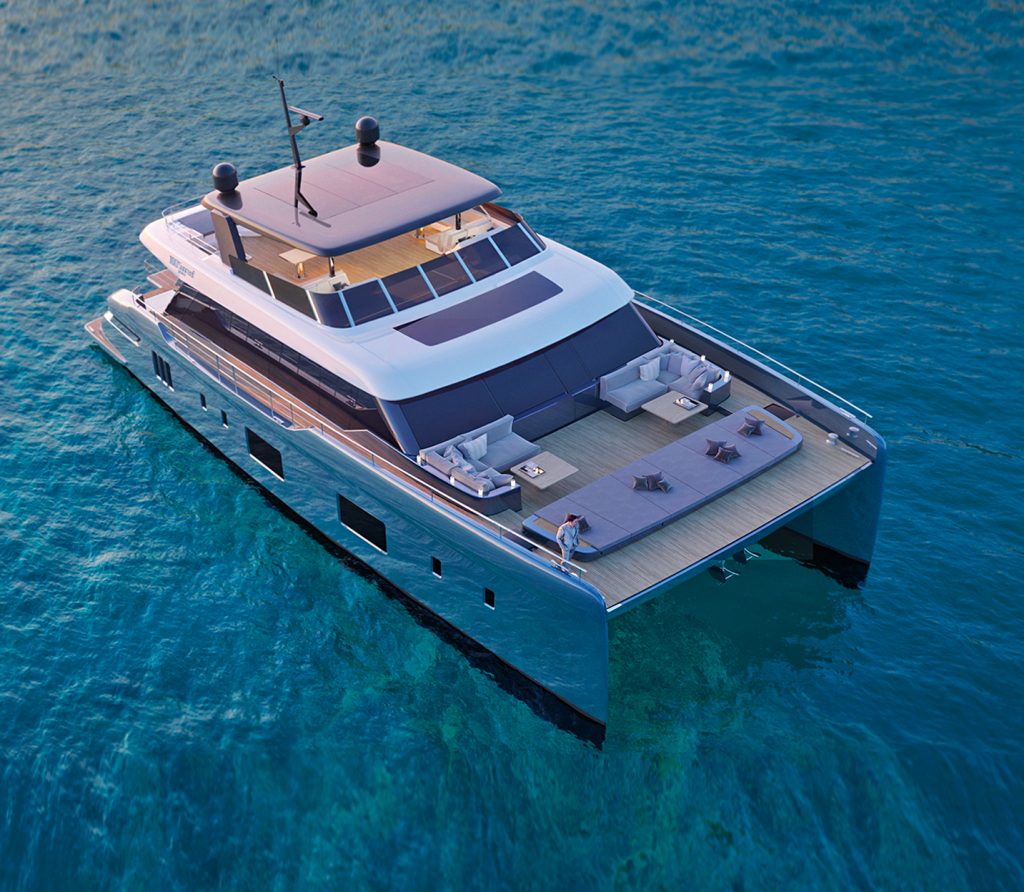
Above: 100 Sunreef Power Catamaran Superyacht. Image via Sunreef Yachts.
Semi-V Hulls
Semi-V hulls split the difference between deep-Vs and flat bottom boats. There’s no “official” rule regarding where these lines get drawn, but as a general rule of thumb boats with between six or seven degrees of deadrise and 20 or 21 degrees of deadrise would be considered semi-Vs. As one might expect, semi-Vs display some of the positive and negative attributes of each design, but rarely at either end of the spectrum.
It’s important to remember that all hull forms have their unique high points and low points, and that the different attributes of each generally require making trade-offs to one degree or another. Displacement boats may have better efficiency, but they’re slow. Planing boats go one heck of a lot faster, but they also burn more fuel. Deeper Vs cut the waves better, but they rock and roll more in a beam sea. The list goes on and on, and no one hull design is best — which hull form will make you happiest is a matter of your own personal preferences and priorities.
